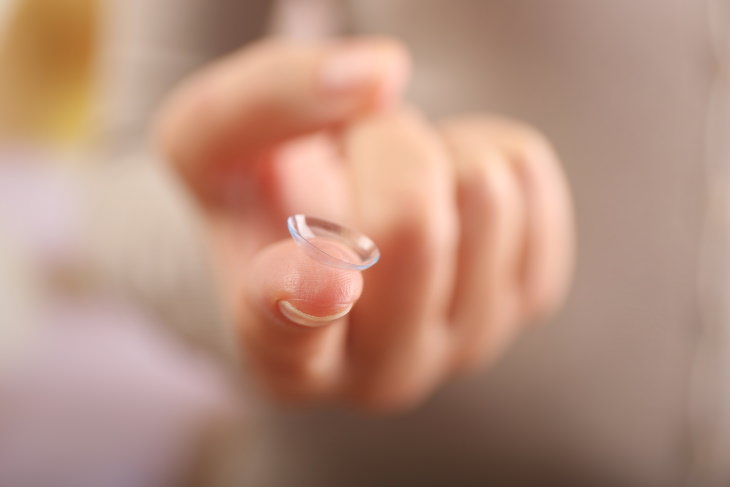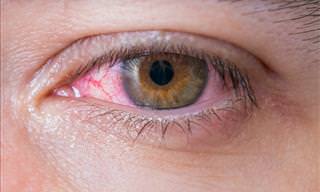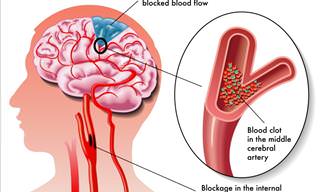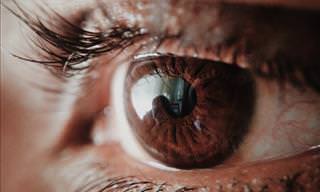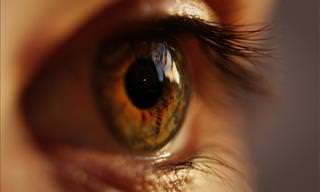6 Common Types of Eye Infections
Conjunctivitis

Also known as pink eye, conjunctivitis is the infection of the conjunctiva, a thin clear membrane that protects the eyelid. Pink eye is by far the most widespread and well-recognized eye infection. Most cases of pink eye are caused by viruses, but bacterial and allergic conjunctivitis are also common.
In most cases, conjunctivitis is easy to spot because it makes the eye turn pinkish and produces a viscous discharge that is the thickest when you wake up. The good news is, most cases of pink eye will go away on their own within days or a few weeks, although you may need to get antibiotic eye drops to clear up bacterial conjunctivitis.
Read more about pink eye remedies here - 4 Simple Tips to Get Rid of Pink Eye at Home.
Blepharitis
Blepharitis is an inflammation of your eyelids. It occurs when the tiny oil glands at the base of your lashes get clogged up. Patients with blepharitis experience burning in the eyes and they may notice dandruff-like flakes or crusts along the waterline and lashes. Blepharitis can also make your eyes sensitive to light and cause blurry vision.
People with oily skin, dandruff, and rosacea are more likely to get this condition. Since most cases are bacterial, you’ll likely need special eye drops to recover from blepharitis.
Styes and Chalazia
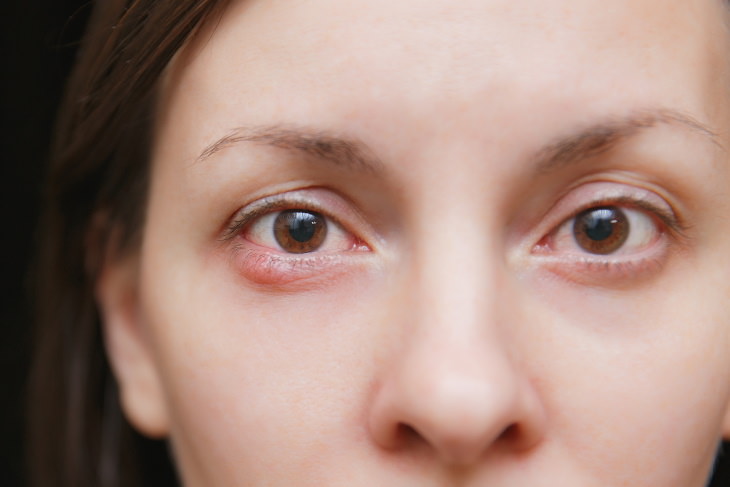
Both of these conditions affect the eyelids and look very similar, although a chalazion is a blocked oil gland and a stye is an infection of the eyelash follicle. The conditions appear as swelling or red bumps on the eyelids that are itchy and painful to the touch.
Both styes and chalazia are usually not an emergency and can be treated at home by applying a clean, warm, damp compress to the affected eye for 20 minutes several times a day. It should disappear in about a week. However, some chalazia can grow so large that they limit your vision and may require surgical removal.
Related Article: 12 Common Misconceptions About Eye Health
Keratitis
Keratitis affects the cornea, a transparent domed membrane of the pupil and iris. Any type of germ, be it a virus, bacterium, fungi, or parasite can trigger keratitis, and the dangerous condition can cause lasting vision damage if ignored. Note: severe dry eye can also lead to keratitis.
Corneal infections are extremely painful and accompanied by redness, swelling, blurry vision, and light sensitivity. Keratitis is a medical emergency that requires urgent diagnosis and treatment. If you don’t treat keratitis, it will get worse and may lead to blindness.
Uveitis
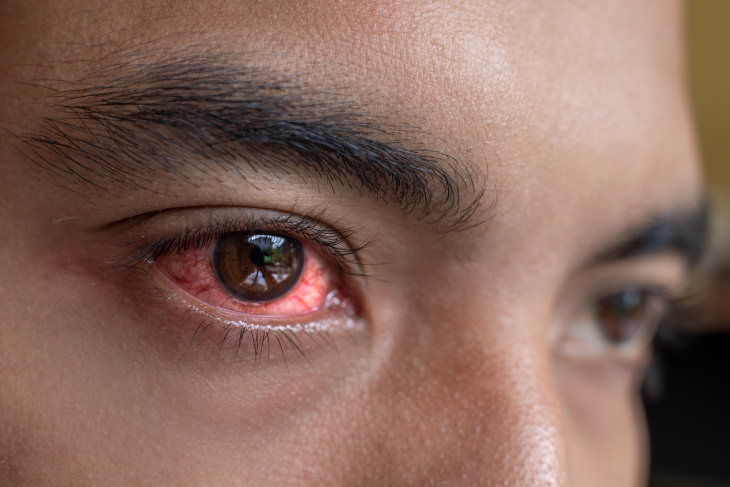
Uveitis is an inflammation of the center of the eyeball - the uvea - that supplies blood to the retina, the part of your eye that perceives visual information. Eye injuries, viruses, and immune conditions like rheumatoid arthritis make you more likely to develop uveitis.
The condition causes light sensitivity, blurry vision, “floaters” in the visual field, and redness that can come and go. Uveitis doesn’t always cause pain - so it’s more likely to be reported later. If you experience any of these symptoms, seek medical help, as uveitis can damage vital tissues and cause blindness.
Endophthalmitis
Our eyeballs are filled with two types of fluids that help maintain the shape of the eye. When those fluids become infected, a condition called endophthalmitis develops. This can happen as a result of eye injury or as a complication of eye surgery. Endophthalmitis is characterized by blurry vision, pain, redness in and around the eye, sensitivity to lights, and partial or complete vision loss.
Since the condition can develop very fast, these symptoms shouldn’t be ignored and always requires urgent medical care to prevent blindness or vision loss.
What are the common symptoms of an eye infection?
We have already outlined some of the main symptoms of eye infections above, but here is a concise list that may further help you. Note that symptoms can occur in both eyes or one eye only. We marked the signs that require emergency care as urgent.
What you may feel:
- Pain
- Itchiness
- Burning
- A feeling that there is something in your eye
- Light sensitivity
- Your eyelid is painful or tender when you touch it
- Fever
- Swollen lymph nodes on the neck.
What you may see:
- Your eyes produce more tears
- Yellow, clear, or green discharge
- Crustiness around the eyelashes or corner of the eye
- The "whites" of your eyes are pink or red
- Swollen or red eyelids
- Hypopyon - a yellow or greenish substance at the bottom of the iris (the colored part of the eye), (urgent)
- Cloudy cornea (urgent).
Changes in vision:
- Blurry vision (urgent)
- “Floaters” in the visual field
- Vision loss (urgent).
Related Article: Eye Health Tips and Vision Care Guides
What are the causes of eye infections?
Contact lens wearers, smokers, and people with weakened immune systems have a higher risk of eye infections. The most common causes of eye infections are as follows:
- Contaminated contact lenses - storing contacts improperly is one of the most common causes of eye infections ranging from pink eye to keratitis. The same can happen if you wear contacts too long or sleep in your contacts.
- Eye injuries or complications of eye surgery, such as cataract removal.
- Using expired or contaminated eye makeup.
- Washing your face with contaminated water.
- Not washing your hands after frequenting public spaces, especially restrooms.
- Other people - you can get conjunctivitis by coming in contact with other people who have it.
In summary, there are so many common eye infections most of us have never even heard of. While some of these infections - like styes or conjunctivitis - are no cause for concern and will go away on their own, others can develop very quickly and lead to permanent vision loss. If you experience blurry vision, severe pain, persistent redness, or vision loss, seek emergency care immediately.
Share this information with those who will find it useful!
 Go to BabaMail
Go to BabaMail






